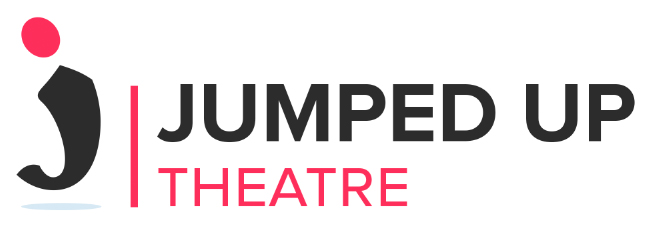Tips for Success on Social Media
/30 minutes with Hayden Corrodus from the Digital Culture Network
Kate asked Hayden to:
1) Give an overview of what the Digital Culture Network is and how freelancers and small organisations can interact with it.
2) Give his personal view on addressing the challenge of using social media to reach beyond a core audience, and in particular to reach the many diverse communities in Peterborough whom are not being reached (and even more so at this time when community resources are not operating or focused elsewhere.)
Digital Culture Network is a Arts Council England initiative to support the sector’s use of digital tools for their organisations and work.
o Hayden is one of a team of specialist tech champions (his is social media aqnd website design, ecommerce, digital strategy, email marketing, CRM, data analytics, video content….
o The Digital Culture Network started as 1:1 support for ACE funded orgs but during COVID this has been expanded for the whole creative sector as a free service for support and guidance.
o It’s a partnership with Google and the webinars will continue throughout the year.
o The Digital Culture Network have webpage, YouTube, and Twitter.
Social Media Tips:
o If you are planning on reaching beyond your core audience you need to have a clear objective for putting out content for a reason and where – what do you want to achieve with an online platform?
o Be realistic on what you want to achieve – benchmark it against your own achievements previously (i..E numbers of people you enagage with and the outcomes.)
o Consider which tools to use for which audiences etc: find out exactly who your audience is, align the content towards those who will actually be targeting – the decision maker (i.e. parents for family shows.)
o Choosing the platform that works for the audience, and for you: e.g. DCM is on Twitter because of its versatility and for their younger audience and because many other arts organisations use the platform (bringing networking opportunities)
o Functionality is also important. i.e. for DCM Twitter also facilitates multiple links and media unlike Instagram, whilst Facebook is hard to grow a page audience organically
o To create engaging content your aim is to having a social interaction with your audience (it’s called social media for a reason.)
o Prioritise creating content on a consistent basis and of a consistent quality – giving your audience something to expect and something they know (don’t overpromise content to your audience by producing a brilliant film about a project and then not being able to follow it up with more visual content - work with what you’ve got, what you know, and where you feel comfortable.)
o It is important to understand your own individual audience –but all audiences can be found on all platforms (i.e. there are under 30’s who use Facebook, so it that platform works better for your content, use it.)
o Reaching young people is difficult. It is true that less young people use on Facebook and actually engaging with it but if you offer a value exchange to your audience (what do you have to offer them in exchange for their time and engagement) they will respond (that is more important to get them to engage rather than scroll than the platform(s))
o It is instead better to focus on creating consistently relevant content that continues to be authentic and engaging
o It’s not enough to post. Engage with the world of the audience you want to be in – leaving comments on posts that are in their world by following hashtags, engaging with the audience, creating a conversation that can be recognised - this is important on Instagram esp.
o There is no effect for how many people you follow on the visibilities for your posts – how many people follow you and the engagement rating is what is actually important
o Instagram will push posts from accounts that engage with others (they want active users) onto the explore page if there is more engagement on them
o Instaclean is an app that will get rid of inactive or unengaged followers thereby improving your engagement ratio and making it more likely for Instagram to push your posts,
o Creating content for different platforms, this how you create a social media strategy - which builds on the pillars on your social platforms – have 5 max (3 is probably enough). The pillars reflect what your organisations’ aims are, what is your purpose?
o Aim to consistently putting out content that fits your organisations narrative – makes it a more trustworthy organisation.
o Tone of voice is important – it’s not about how funny vs corporate, but about how consistent you are in your pillars, what are the fundamentals of your organisation?
o Q? Who is the audience on each platform?
A: Every platform has every type of audience available – it’s about getting to them. There is an audience for everyone and for everything on social media. But broadly
§ LinkedIn – business
§ Facebook – families & people, doesn’t concentrate on brands/organisations
§ Instagram – skewed to a younger audience, this age range is gradually increasing
Big thanks to Hayden for so much insight being shared in less than 30 minutes. For more go to:
https://www.artscouncil.org.uk/digital-culture-network/tech-champions

